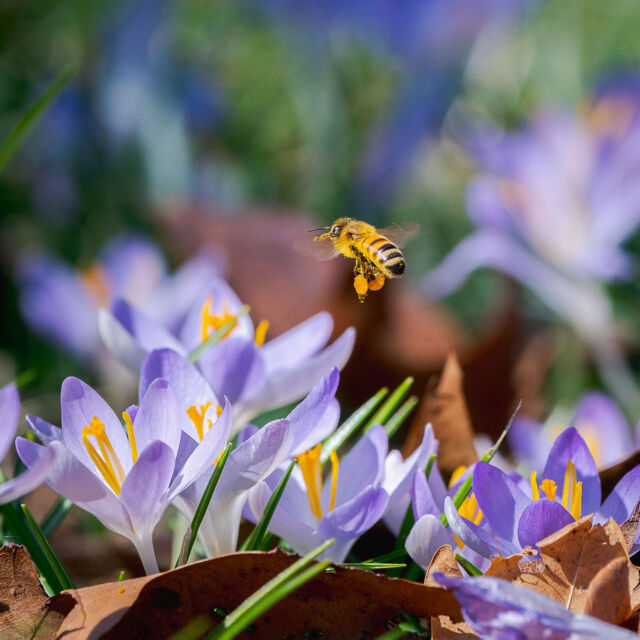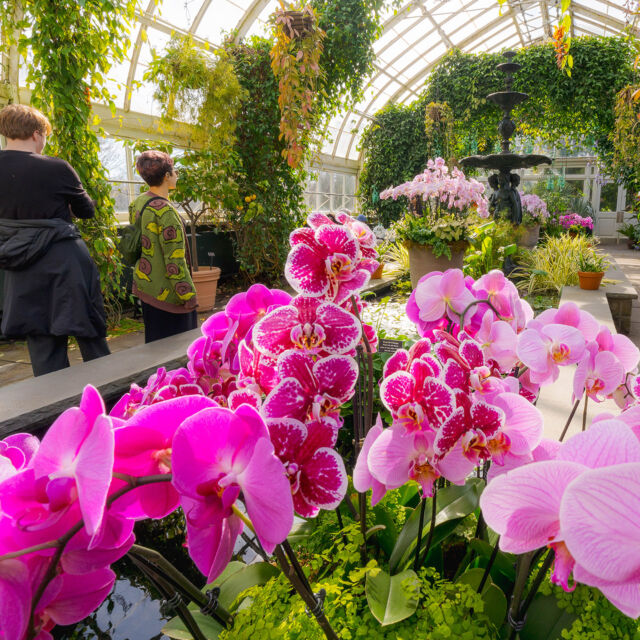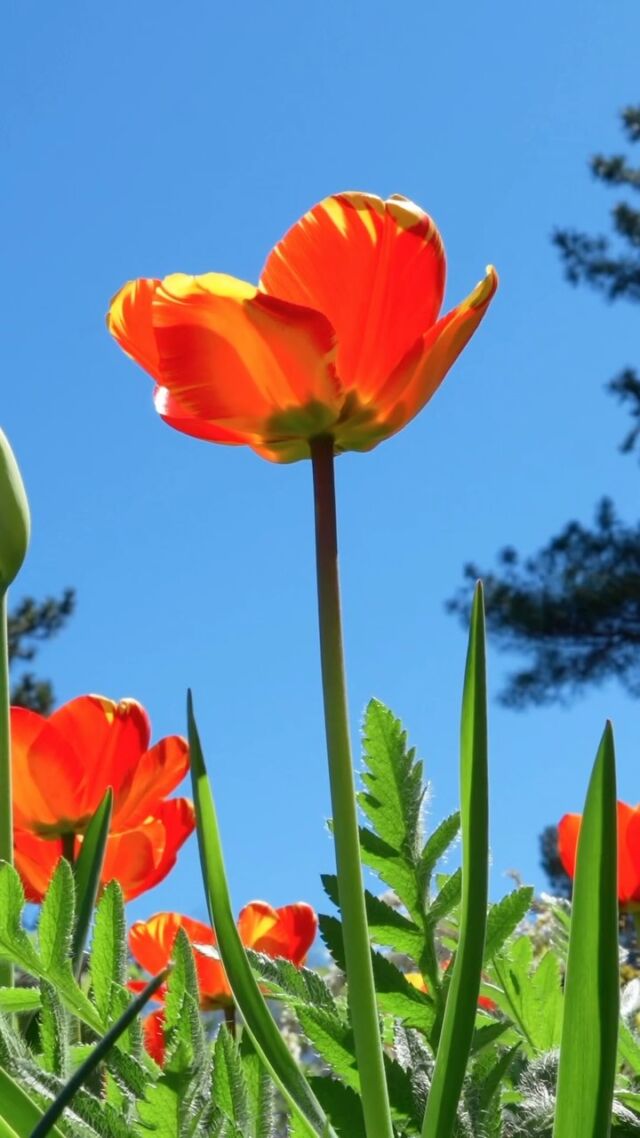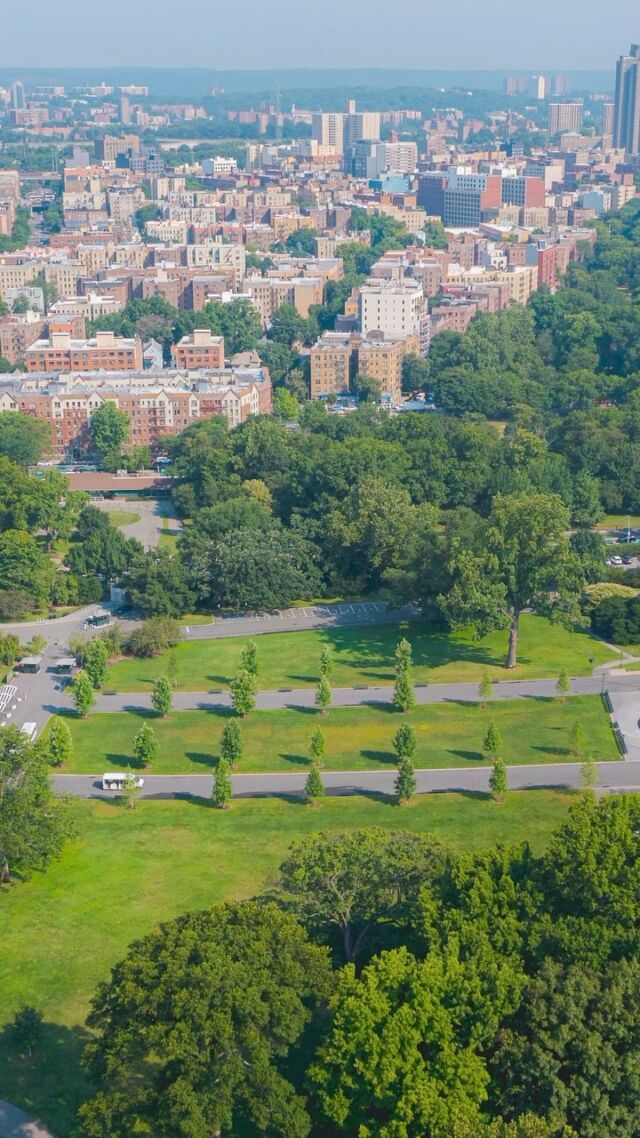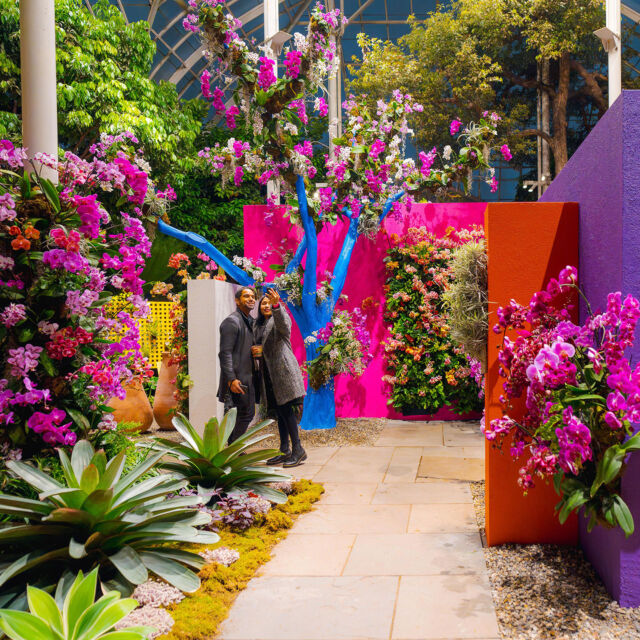Proper Planting and Post-Planting Care
Todd Forrest is the Arthur Ross Vice President for Horticulture & Living Collections at The New York Botanical Garden.
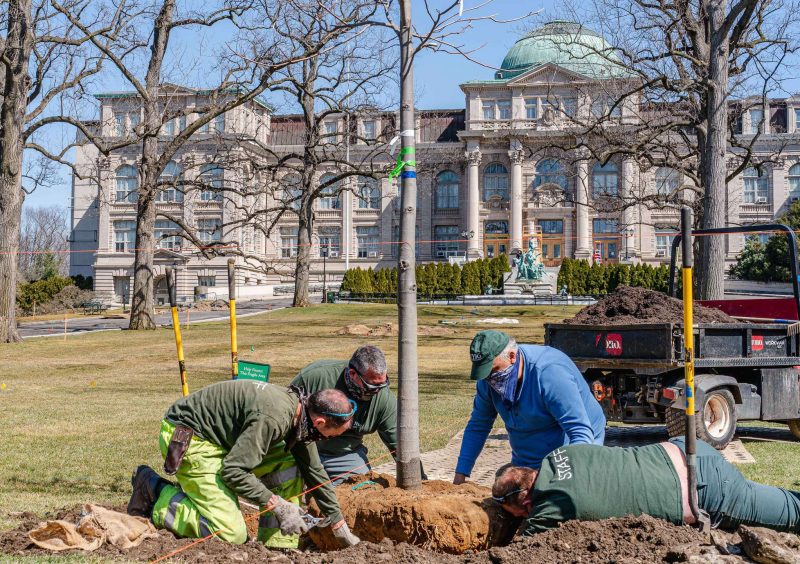
A vigorous young tulip tree (Liriodendron tulipifera) being planted along the John J. Hoffee Tulip Tree Allée.
This is the third installment of a five-part series on caring for NYBG’s magnificent trees.
If choosing the right tree for the right place is the all-important first step in successful tree planting, planting properly and providing excellent post-planting care ensure that a sapling will grow into a giant. Whenever we plant a tree, we treat it carefully throughout the process. Holes are dug just deep enough so that the root flare (the point at which the first major roots emerge from the trunk) sits just above the ground surface when the hole is backfilled. Planting holes for container-grown plants are made wide enough to accommodate the spread-out roots, while those for balled-and-burlapped trees allow enough room for the removal of metal cages and burlap once the tree is securely in place.
Container-grown trees often have many problems with their roots that must be addressed during planting. Gardeners cut and straighten girdling roots (roots that encircle the trunk or container), tease the root ball so that healthy roots are pointing away from the trunk, and spread the roots out into the planting hole before backfilling. They remove burlap, rope, and wire cages from the rootball unless the ball is damaged and at risk of disintegrating.
The Garden has relatively good soils, so horticulturists backfill with predominantly native soil, although clean compost is sometimes incorporated, particularly if the planting site is poor. Arborists have been experimenting with various soil amendments that include mycorrhizal inoculants and enzymes that promote nutrient uptake and root growth. All of the Garden’s trees receive an approximately two-inch layer of composted mulch over the rootball, although care is taken to make sure that mulch does not come into direct contact with the trunk. Trees are staked for at least one growing season after planting and receive the equivalent of one inch of water per week for at least two years after transplanting, whether it comes from the end of a hose or from the sky.
The next installment in the series focuses on mature tree care. This article originally appeared in the Summer 2021 edition of Garden News.
SUBSCRIBE
Enter your email address to subscribe to this blog and receive updates on new posts.





